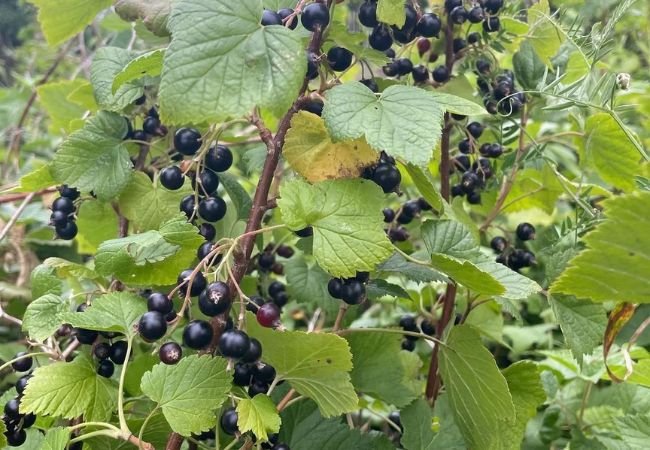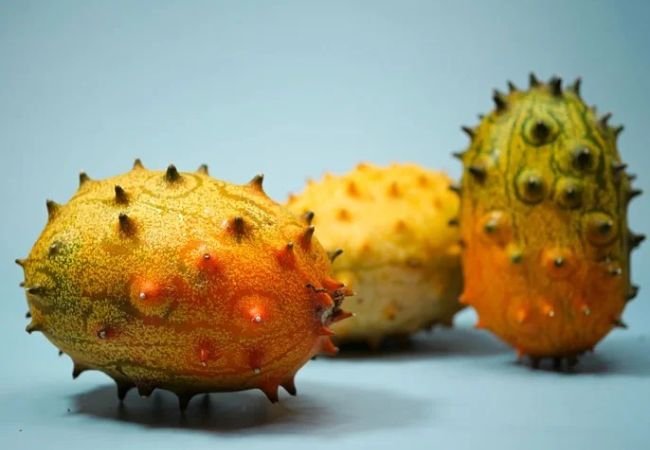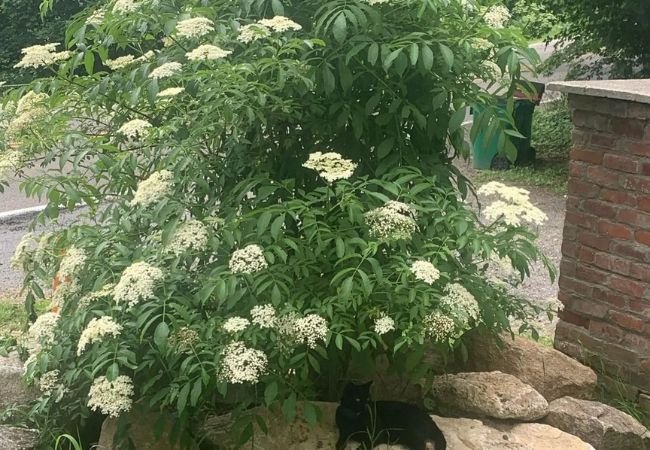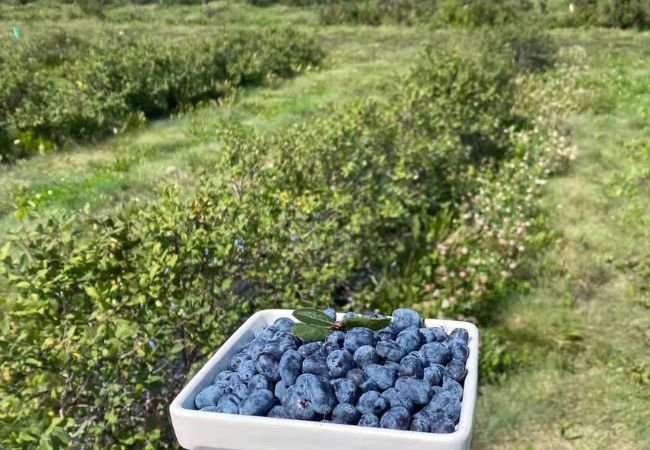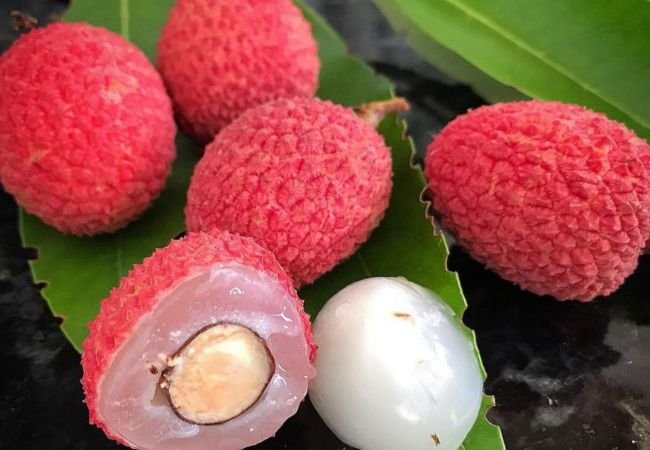9 Fruits That Start with E : A Tasty Adventure
Discover a variety of delicious fruits that start with the letter E. From the common elderberry to the exotic eggfruit, learn about their flavors, health benefits and how to enjoy them.
Have you ever wondered about Fruits That Start with E? While they might not be the first to come to mind, there’s a surprising variety of delicious and nutritious options out there. In this article, we’ll explore some of these fruits, their tastes, health benefits and how you can add them to your diet. Whether you’re a fruit lover looking to expand your palate or just curious about new foods, you’re in for a treat!
1. Elderberry: The Immune-Boosting Berry
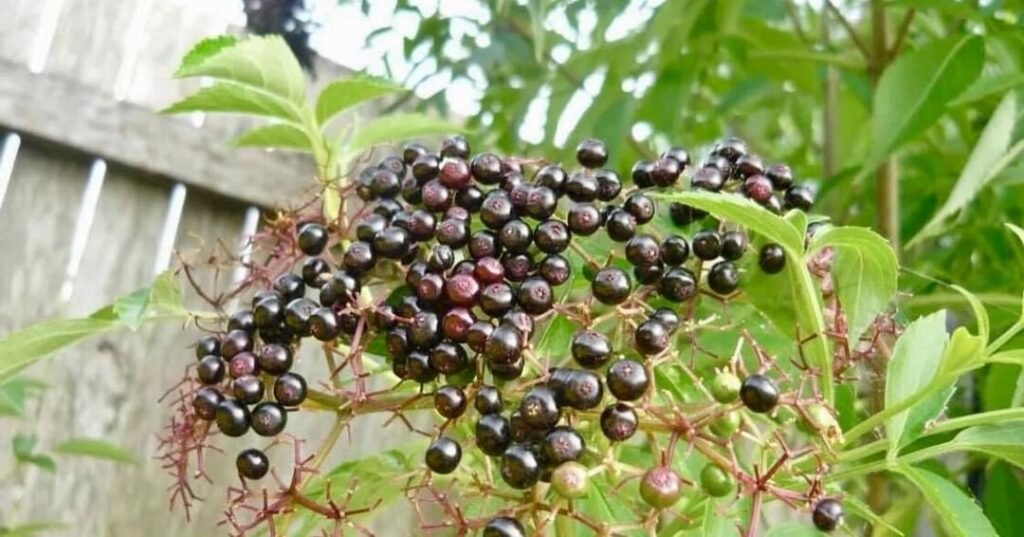
Here’s a detailed chart for elderberry that includes all the requested information:
| Attribute | Details |
|---|---|
| Botanical Name | Sambucus nigra (European elderberry) or Sambucus canadensis (American elderberry) |
| Common Name | Elderberry |
| Plant Name | Elderberry |
| Zone | USDA Hardiness Zones 3 to 7 |
| Sun Exposure | Full sun to part shade |
| Soil Type | Well-drained, loamy or sandy soils; tolerates clay |
| Watering | Regular watering; prefers consistently moist soil, but not waterlogged |
| Growth Habit | Deciduous shrub or small tree; multi-stemmed |
| Height/Spread | Height: 6 to 12 feet (1.8 to 3.6 meters); Spread: 6 to 12 feet (1.8 to 3.6 meters) |
| Special Features | Attractive white or cream flowers, followed by dark purple to black berries; attracts birds and pollinators; medicinal and culinary uses |
Elderberries are small, dark berries that have been used for centuries for their medicinal properties.
- Taste: Tart and slightly sweet
- Texture: Juicy with tiny seeds
- Health Benefits: High in vitamin C, antioxidants and immune-boosting properties
- How to Enjoy: Use in syrups, jams, or teas
Did you know? Elderberries have been used in traditional medicine for centuries. Learn more about elderberries from Oregon State University.
2. Eggfruit: The Sweet Tropical Delight
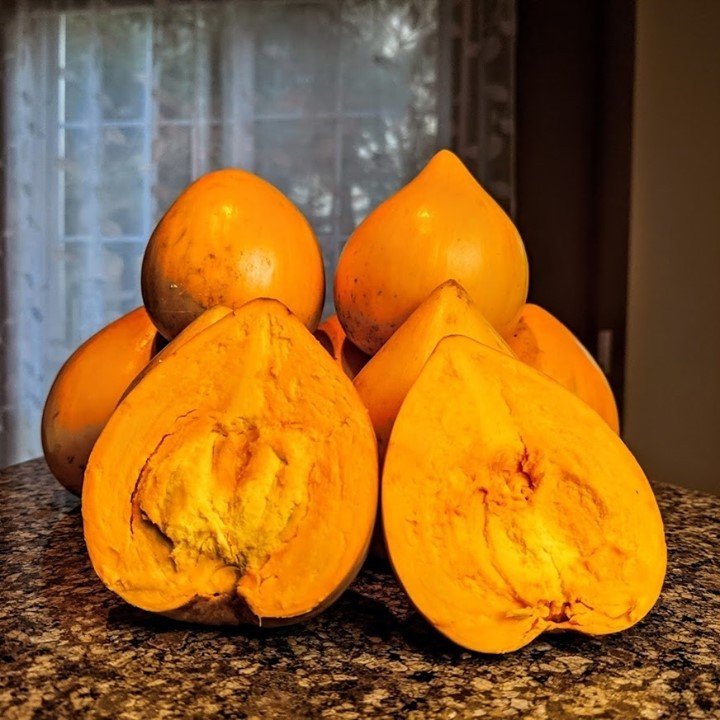
Here’s a detailed chart for eggfruit that covers the essential information:
| Attribute | Details |
|---|---|
| Botanical Name | Pouteria campechiana |
| Common Name | Eggfruit, Canistel, or Yellow Sapote |
| Plant Name | Eggfruit |
| Zone | USDA Hardiness Zones 10 to 11 |
| Sun Exposure | Full sun |
| Soil Type | Well-drained, sandy to loamy soils; prefers slightly acidic to neutral pH |
| Watering | Regular watering; keep soil consistently moist, especially during dry periods |
| Growth Habit | Evergreen tree |
| Height/Spread | Height: 15 to 30 feet (4.5 to 9 meters); Spread: 10 to 20 feet (3 to 6 meters) |
| Special Features | Produces unique, egg-shaped, yellow fruit with a creamy texture and sweet flavor; attractive foliage; drought-tolerant once established |
Eggfruit, also known as canistel, is a tropical fruit with a sweet, custard-like flesh
Interesting Fact: Eggfruit is often used in tropical regions to make ice creams and milkshakes. Read about eggfruit from the University of Florida.
3. Emu Apple: The Australian Native
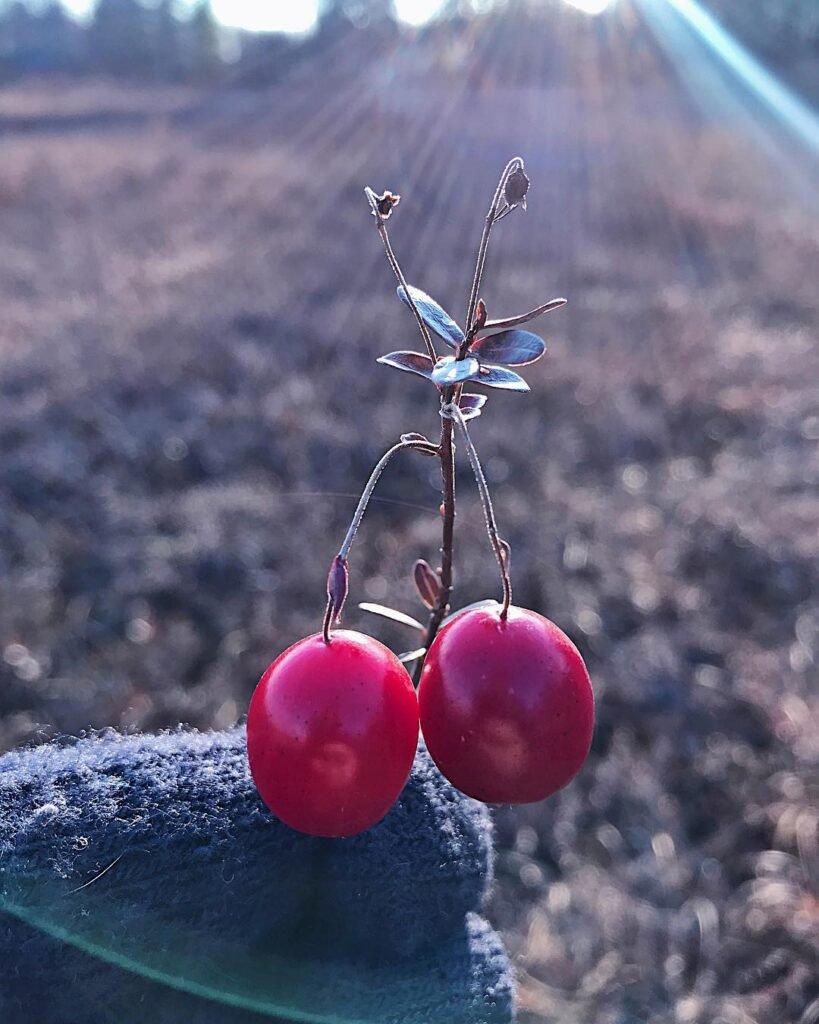
Here’s a detailed chart for the Emu Apple:
| Attribute | Details |
|---|---|
| Botanical Name | Owenia acidula |
| Common Name | Emu Apple, Acid Fruit, Native Plum |
| Plant Name | Emu Apple |
| Zone | USDA Hardiness Zones 9 to 11 |
| Sun Exposure | Full sun to part shade |
| Soil Type | Well-drained, sandy to loamy soils; prefers slightly acidic to neutral pH |
| Watering | Regular watering; prefers consistent moisture, especially in dry periods |
| Growth Habit | Small evergreen tree or shrub |
| Height/Spread | Height: 10 to 20 feet (3 to 6 meters); Spread: 10 to 15 feet (3 to 4.5 meters) |
| Special Features | Produces small, round fruits with a tangy flavor; attractive foliage; hardy and low-maintenance |
Emu apples are native to Australia and have a tart flavor. They are also known as muntries or native cranberries.
- Taste: Tart and sweet
- Texture: Firm with a small pit
- Health Benefits: High in antioxidants, vitamin C and dietary fiber
- How to Enjoy: Eat fresh, use in sauces, or make into jams
Fun Fact: Emu apples have been eaten by Indigenous Australians for thousands of years. Learn more about emu apples from the Australian National Botanic Gardens.
4. Entawak: The Southeast Asian Fruit
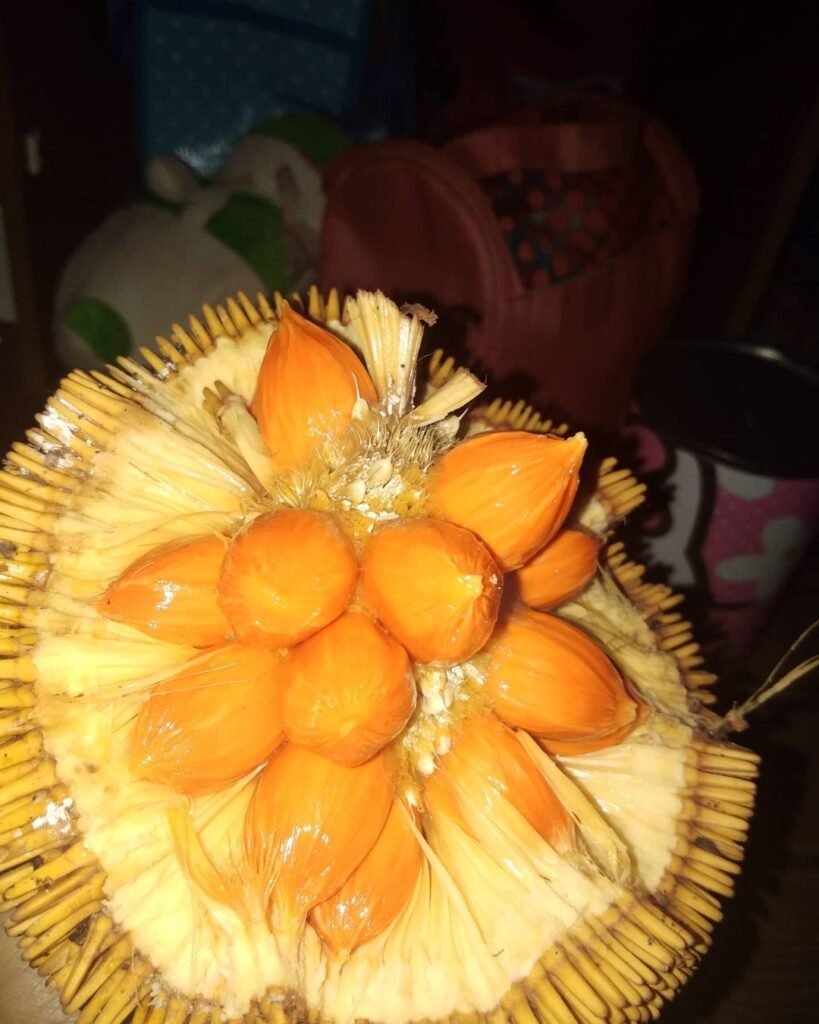
Here’s a detailed chart for Entawak:
| Attribute | Details |
|---|---|
| Botanical Name | Garcinia scortechinii |
| Common Name | Entawak, Cempedak, or Cempedak Hutan |
| Plant Name | Entawak |
| Zone | USDA Hardiness Zones 10 to 11 |
| Sun Exposure | Full sun to part shade |
| Soil Type | Well-drained, sandy to loamy soils; prefers slightly acidic to neutral pH |
| Watering | Regular watering; keep soil consistently moist, especially in dry periods |
| Growth Habit | Evergreen tree or shrub |
| Height/Spread | Height: 20 to 40 feet (6 to 12 meters); Spread: 15 to 25 feet (4.5 to 7.5 meters) |
| Special Features | Produces large, round to oval fruits with a thick, spiky rind; edible fruit with a sweet, tangy flavor; attractive foliage |
Entawak is a tropical fruit found in Southeast Asia, known for its unique flavor and appearance.
- Taste: Sweet and creamy, similar to pumpkin
- Texture: Soft and fibrous
- Health Benefits: Rich in vitamins A and C, and dietary fiber
- How to Enjoy: Eat fresh, use in desserts, or make into juice
Interesting Fact: Entawak seeds can be roasted and eaten like nuts. Read more about entawak from the University of Florida.
5. Elderflower: The Fragrant Blossom
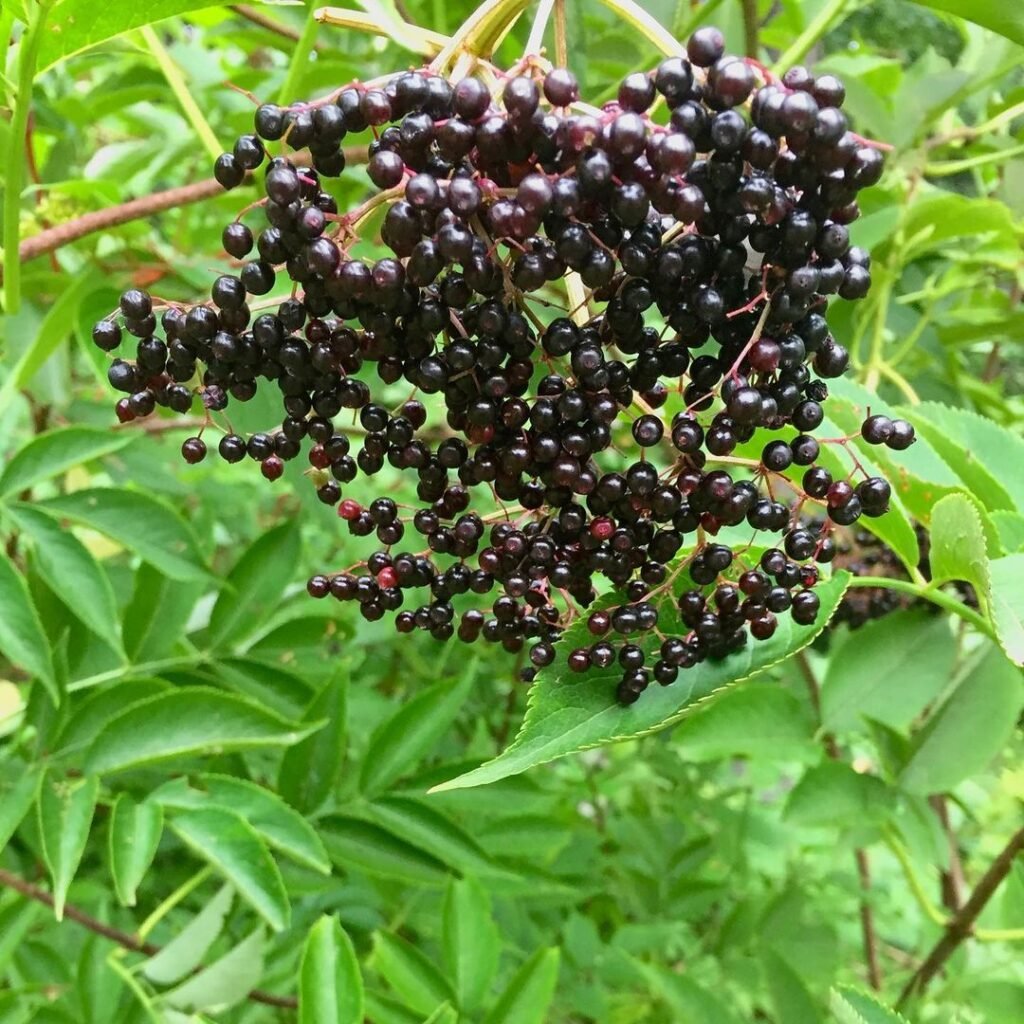
Here’s a detailed chart for Elderflower:
| Attribute | Details |
|---|---|
| Botanical Name | Sambucus nigra (European elderflower) or Sambucus canadensis (American elderflower) |
| Common Name | Elderflower |
| Plant Name | Elderflower |
| Zone | USDA Hardiness Zones 3 to 7 |
| Sun Exposure | Full sun to part shade |
| Soil Type | Well-drained, loamy or sandy soils; tolerates clay |
| Watering | Regular watering; prefers consistently moist soil, but not waterlogged |
| Growth Habit | Deciduous shrub or small tree |
| Height/Spread | Height: 6 to 12 feet (1.8 to 3.6 meters); Spread: 6 to 12 feet (1.8 to 3.6 meters) |
| Special Features | Produces fragrant white or cream flowers; edible flowers used in syrups, teas, and culinary dishes; attracts pollinators and beneficial insects |
While not a fruit in the traditional sense, elderflower is the blossom of the elderberry plant and is often used in culinary applications.
- Taste: Light and floral with hints of pear and lychee
- Texture: Delicate and fragrant
- Health Benefits: Anti-inflammatory, high in antioxidants
- How to Enjoy: Make into cordials, syrups, or add to desserts
Did you know? Elderflower has been used in traditional European medicine for centuries. Learn more about elderflower from the University of Maryland Medical Center.
6. Elephant Apple: The Sour Delicacy
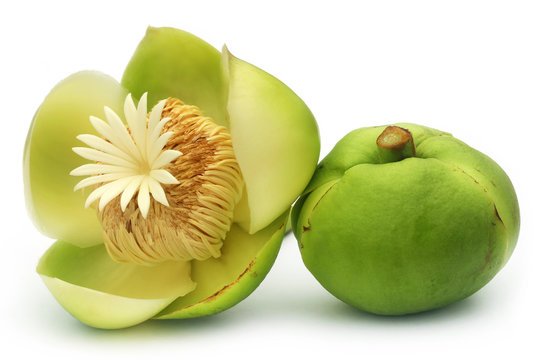
Here’s a detailed chart for Elephant Apple:
| Attribute | Details |
|---|---|
| Botanical Name | Dillenia indica |
| Common Name | Elephant Apple, Chalta, or Chalta Fruit |
| Plant Name | Elephant Apple |
| Zone | USDA Hardiness Zones 10 to 11 |
| Sun Exposure | Full sun to part shade |
| Soil Type | Well-drained, loamy or sandy soils; prefers slightly acidic to neutral pH |
| Watering | Regular watering; prefers consistent moisture but well-drained soil |
| Growth Habit | Evergreen tree |
| Height/Spread | Height: 20 to 30 feet (6 to 9 meters); Spread: 15 to 25 feet (4.5 to 7.5 meters) |
| Special Features | Produces large, round fruits with a thick, leathery skin; fruit has a sour taste; attractive large leaves and flowers; used in local cuisines and traditional medicine |
Elephant apples are found in Southeast Asia and India and are known for their sour taste.
- Taste: Tart and sour
- Texture: Firm and crunchy
- Health Benefits: High in vitamin C and antioxidants
- How to Enjoy: Use in chutneys, curries, or pickles
Fun Fact: Elephant apples are a favorite food of elephants, hence the name. Discover more about elephant apples from the University of Hawaii.
7. Etrog: The Citrus for Festivals
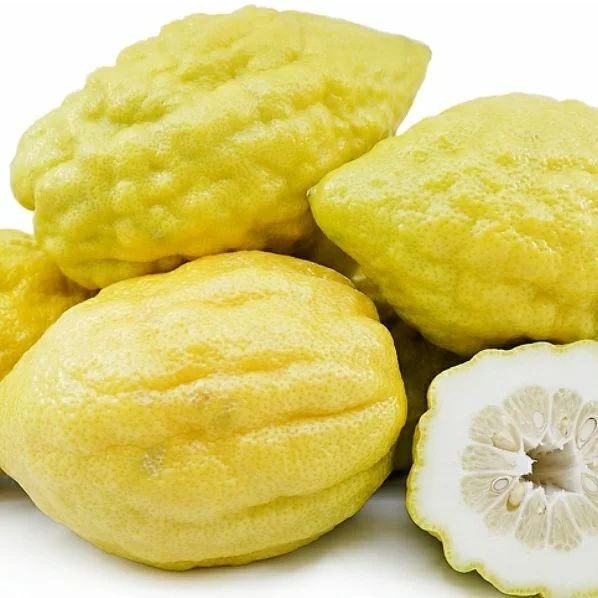
Here’s a detailed chart for the Etrog:
| Attribute | Details |
|---|---|
| Botanical Name | Citrus medica |
| Common Name | Etrog, Citron |
| Plant Name | Etrog |
| Zone | USDA Hardiness Zones 9 to 11 |
| Sun Exposure | Full sun |
| Soil Type | Well-drained, sandy or loamy soils; prefers slightly acidic to neutral pH |
| Watering | Regular watering; prefers consistent moisture, but avoid waterlogging |
| Growth Habit | Evergreen shrub or small tree |
| Height/Spread | Height: 10 to 20 feet (3 to 6 meters); Spread: 10 to 15 feet (3 to 4.5 meters) |
| Special Features | Produces large, yellow, bumpy fruit; used in Jewish ritual of Sukkot; highly aromatic with a thick, fragrant rind; valued for its ornamental and culinary uses |
Etrog, also known as citron, is a citrus fruit used in Jewish religious rituals during the festival of Sukkot.
- Taste: Sour and aromatic
- Texture: Thick rind with a small amount of flesh
- Health Benefits: Rich in vitamin C and antioxidants
- How to Enjoy: Use in marmalades, candies, or as a flavoring
Did you know? Etrog has been used in religious ceremonies for centuries. Read about etrog from the University of California.
8. European Pear: The Classic Favorite
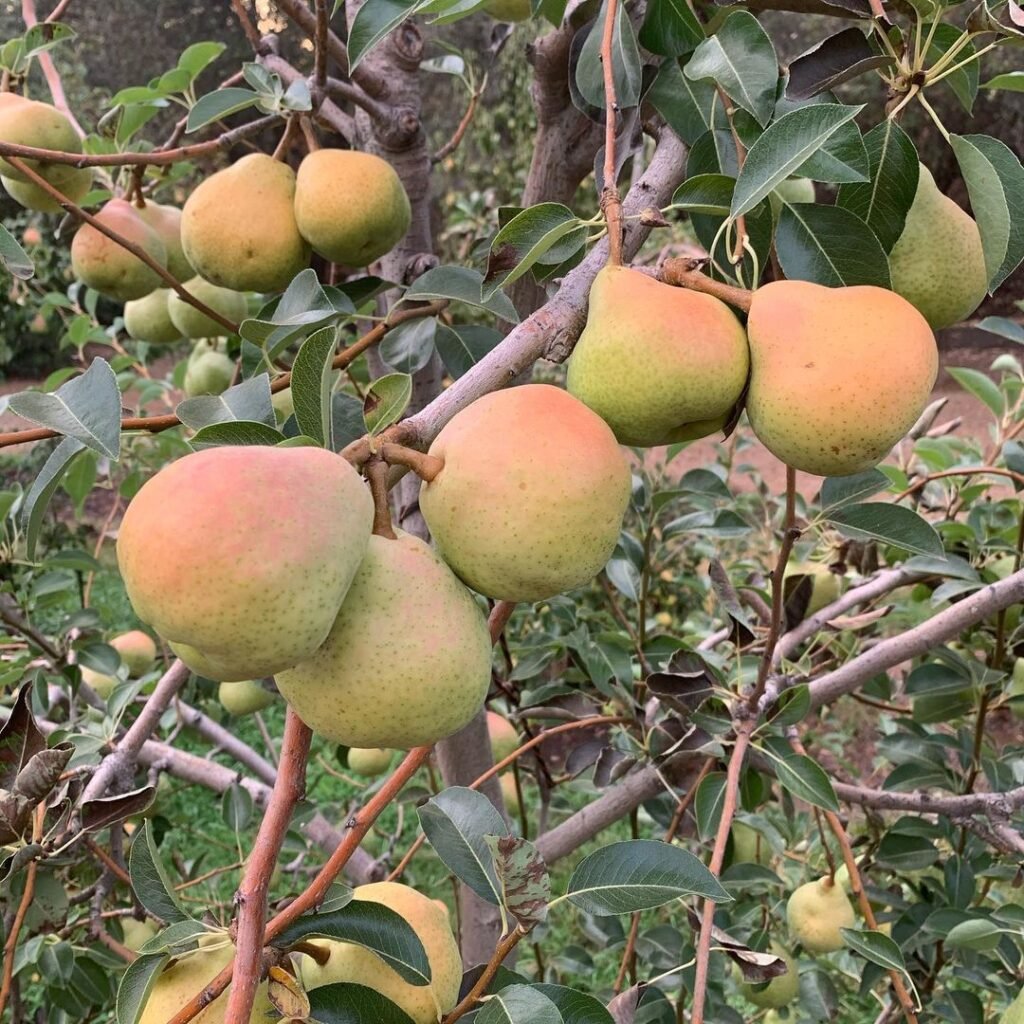
Here’s a detailed chart for the European Pear:
| Attribute | Details |
|---|---|
| Botanical Name | Pyrus communis |
| Common Name | European Pear |
| Plant Name | European Pear |
| Zone | USDA Hardiness Zones 4 to 9 |
| Sun Exposure | Full sun |
| Soil Type | Well-drained, loamy or sandy soils; prefers slightly acidic to neutral pH |
| Watering | Regular watering; prefers consistent moisture, especially during dry periods |
| Growth Habit | Deciduous tree |
| Height/Spread | Height: 15 to 25 feet (4.5 to 7.5 meters); Spread: 15 to 20 feet (4.5 to 6 meters) |
| Special Features | Produces edible fruit with smooth skin and sweet flavor; attractive white or pinkish flowers in spring; good autumn foliage color; provides shade and ornamental value |
European pears are one of the most common types of pears and are known for their sweet, juicy flavor.
- Taste: Sweet and juicy
- Texture: Smooth and tender
- Health Benefits: High in dietary fiber, vitamin C, and antioxidants
- How to Enjoy: Eat fresh, add to salads, or use in baking
Interesting Fact: European pears have been cultivated for thousands of years. Learn more about European pears from the USDA.
9. Eccentric Berry: The Unusual Find
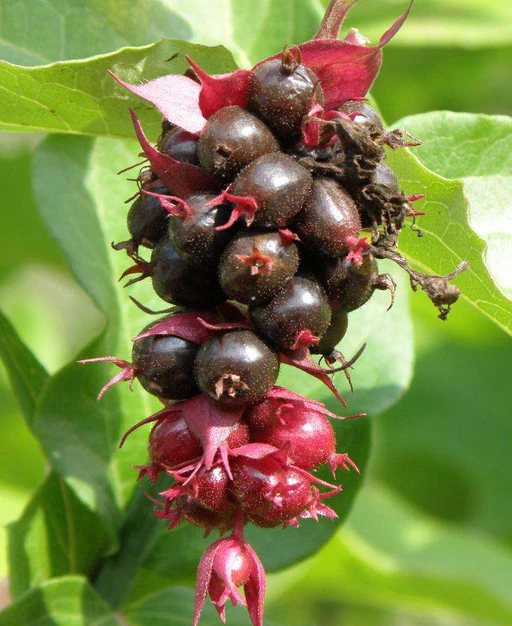
Here’s a detailed chart for the Eccentric Berry:
| Attribute | Details |
|---|---|
| Botanical Name | Ribes viburnifolium |
| Common Name | Eccentric Berry, Viburnum-leaved Currant |
| Plant Name | Eccentric Berry |
| Zone | USDA Hardiness Zones 7 to 9 |
| Sun Exposure | Full sun to part shade |
| Soil Type | Well-drained, loamy or sandy soils; prefers slightly acidic to neutral pH |
| Watering | Regular watering; prefers consistent moisture, especially during dry periods |
| Growth Habit | Deciduous shrub |
| Height/Spread | Height: 3 to 5 feet (0.9 to 1.5 meters); Spread: 4 to 6 feet (1.2 to 1.8 meters) |
| Special Features | Produces clusters of small, red berries; attractive foliage resembling viburnum; ornamental value with good fall color; useful in hedgerows or as a specimen plant |
Eccentric berries are a lesser-known fruit that offers a unique taste experience.
- Taste: Sweet and tangy
- Texture: Juicy with small seeds
- Health Benefits: Rich in vitamins and antioxidants
- How to Enjoy: Eat fresh, use in jams, or add to desserts
Fun Fact: Eccentric berries are often found in wild, untamed areas. Read more about eccentric berries from the USDA.
From the familiar elderberry to the exotic eggfruit, fruits that start with E offer a wide range of flavors, textures, and health benefits. By incorporating these fruits into your diet, you can add variety to your meals and snacks while boosting your nutrient intake. Next time you’re at the grocery store or farmer’s market, why not try one of these E-fruits? You might just discover a new favorite!
Remember, eating a variety of fruits is a great way to ensure you’re getting a wide range of vitamins, minerals, and other beneficial compounds. So go ahead and explore the world of E-fruits – your taste buds and your body will thank you!

